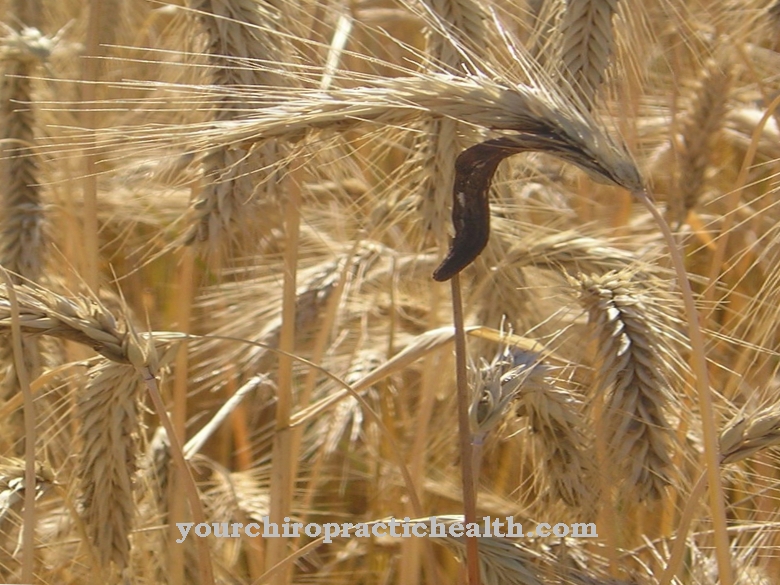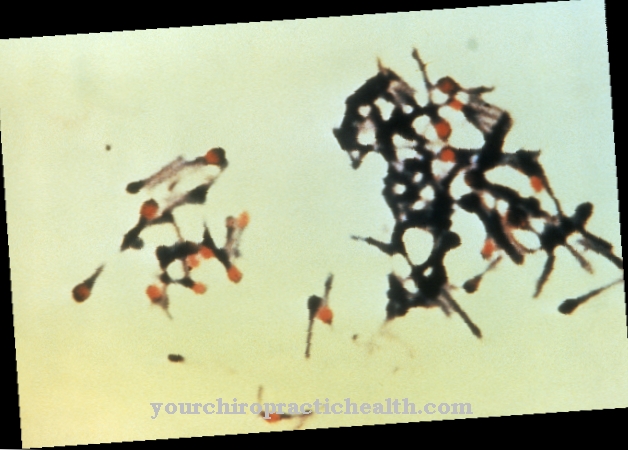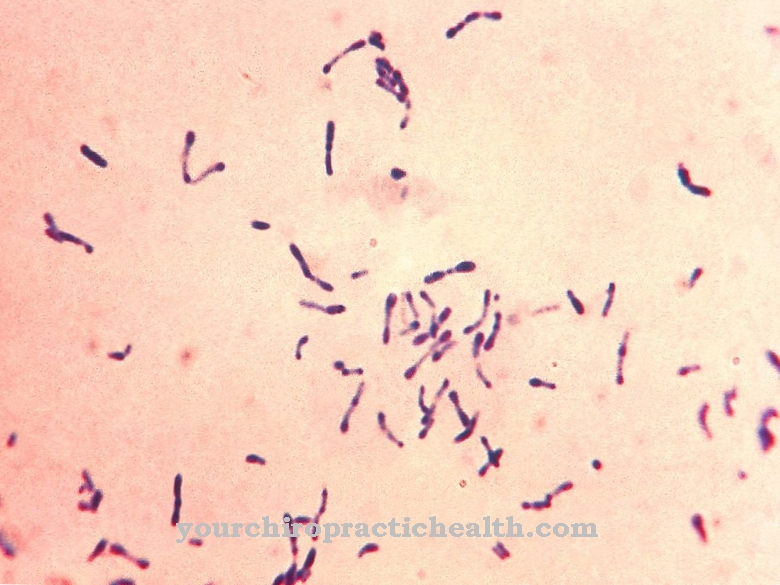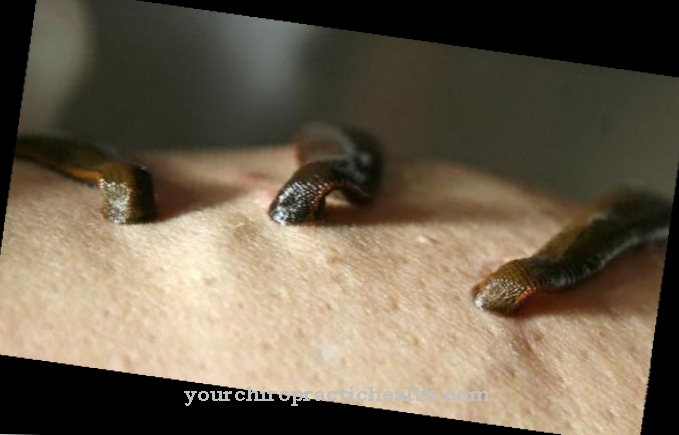The Picornaviridae form a family of non-enveloped viruses. Most of the genera in the family are unusually resistant to acids and alcohol, allowing them to survive in the gastrointestinal tract. The most well-known viruses in the family include the poliovirus and the hepatitis A virus.
What are Picornaviridae?
Picornaviridae or Picornaviruses correspond to a family of viruses belonging to the order Picornavirales. The individual species are non-enveloped viruses that are equipped with the genome of a single-stranded linear RNA of positive polarity.
Viruses of the Picornaviridae family are only 22 to 30 nm in size. This makes them one of the smallest viruses known to date. In relation to the size, the name "pico" must also be provided, which literally means "very small".
Picornaviruses infect a large number of vertebrates, in which they can cause extremely different diseases. From a harmless cold to diarrhea, inflammation of the mucous membranes and infections of the central nervous system, a wide variety of symptoms can be attributed to the different types of the tiny viruses.
The subspecies of the family are mostly systematized into subtypes. They have a large surface variance and are associated with antigenic variability. Around 370 subtypes of picornaviruses have now been classified. One of the most relevant representatives of the Picornaviridae for humans is the poliovirus. In addition, the hepatitis A virus is one of the Picornaviridae.
Occurrence, Distribution & Properties
All Picornaviridae are equipped with a single or, more rarely, double-stranded RNA chain, which consists of nucleic acid and is located in a protein capsule, the so-called capsid. Because they lack a lipid envelope, we also speak of non-enveloped viruses. Due to the lack of a shell, they are not sensitive to ether or organic solvents. They are at most 30 nm in size and appear spherical in most cases.
Their capsid usually consists of four virus proteins, called VP1 through VP4. In some species of the family, the capsid contains a low concentration of the precursor protein VP0, which during maturation actually becomes the proteins VP2 and VP4 through proteolytic cleavage processes. The four structural proteins of the viruses form a capsomer. VP4 lines the inner capsid side and is associated with the RNA of the viruses through positively charged amino acid residues. Around 60 capsomeres are grouped together within one capsid to form a so-called icosahedron. The virus surface consists of the three proteins VP1 to 3, on each of which the antigenetic properties and the serotype classification of the individual viruses depend.
Picornaviruses are extremely stable to all alcohols and mild detergents without a virus envelope. Genera such as the enterovirus and the hepatovirus are also stable to strong detergents and pH values less than 3.0. This means they have a high level of environmental resistance and are not rendered harmless by the acidic environment in the digestive tract.
Particularly stable viruses in the family infect people via the digestive tract and only from there reach target organs such as the central nervous system or the lungs. Less stable genera of the Picornaviridae are more likely to be transmitted by droplet and smear infection of the nasopharynx.
One of the most well-known diseases caused by Picornaviridae is poliomyelitis, which occurs after an infection with the poliovirus.
Illnesses & ailments
The poliovirus belongs to the enterovirus genus and is transmitted by smear infection. Thanks to the vaccination, the incidence of the disease is now almost zero. After an incubation period of up to three weeks, the virus causes diarrhea and respiratory problems. After that, meningitis or meningoencephalitis usually develops with signs of meningism (stiff neck). Flaccid paralysis occurs.
In the spinal form, the paralysis particularly affects the extremities and the trunk. Breathing disorders also occur. An involvement of the spinal cord near the brain is extremely unfavorable prognostically and can cause central respiratory paralysis.
The hepatitis A virus is also a disease associated with the Picornaviridae, which leads to the outbreak of hepatitis A in humans. The infection with the hepatitis A virus is usually a fecal-oral infection, the virus is more rarely transmitted parenterally. Raw or undercooked food or contaminated drinking water are the most common sources of infection.
Hepatitis A is often asymptomatic. If the course is symptomatic, a phase of unspecific symptoms occurs after incubation times of up to six weeks. In addition to fever, nausea and abdominal pain, there are usually myalgia (muscle pain) and arthralgia (joint pain), which can initially be mistaken for a flu-like infection. In the course of the disease, more or less severe liver symptoms develop, which can cause jaundice with discoloration of the stool and tenderness in the liver.
Not all of the symptoms mentioned have to be present. With fulminant hepatitis there are additional symptoms and liver failure can develop. However, such a severe course is very rare.
A week or two before the onset of the disease, the patient can transmit the disease to other people. Picornaviridae not only infect humans, but also cause diseases in other vertebrates. This includes, for example, the foot-and-mouth disease. There is a viral zoonosis for this disease, which means that it can be transmitted from any species. The infection is transmitted to humans through cloven-hoofed animals such as cattle, pigs or sheep in the form of smear infections. Infected objects and contaminated dairy products are also sources of infection.
























.jpg)



